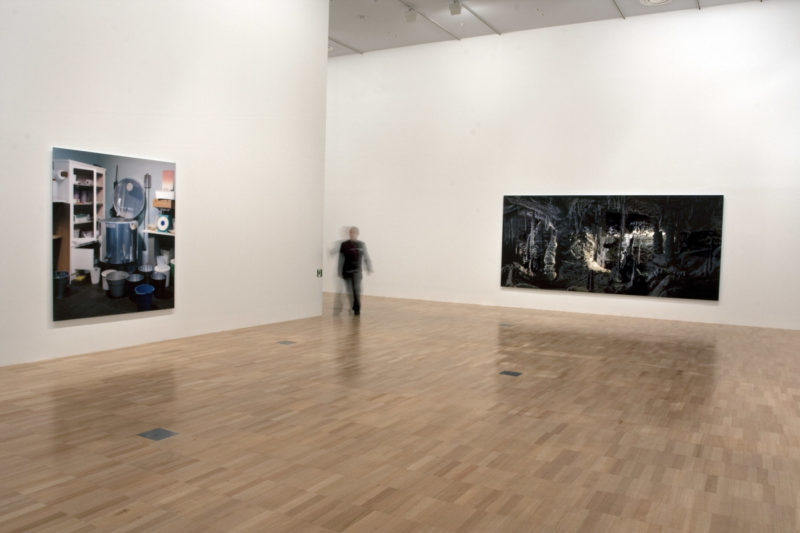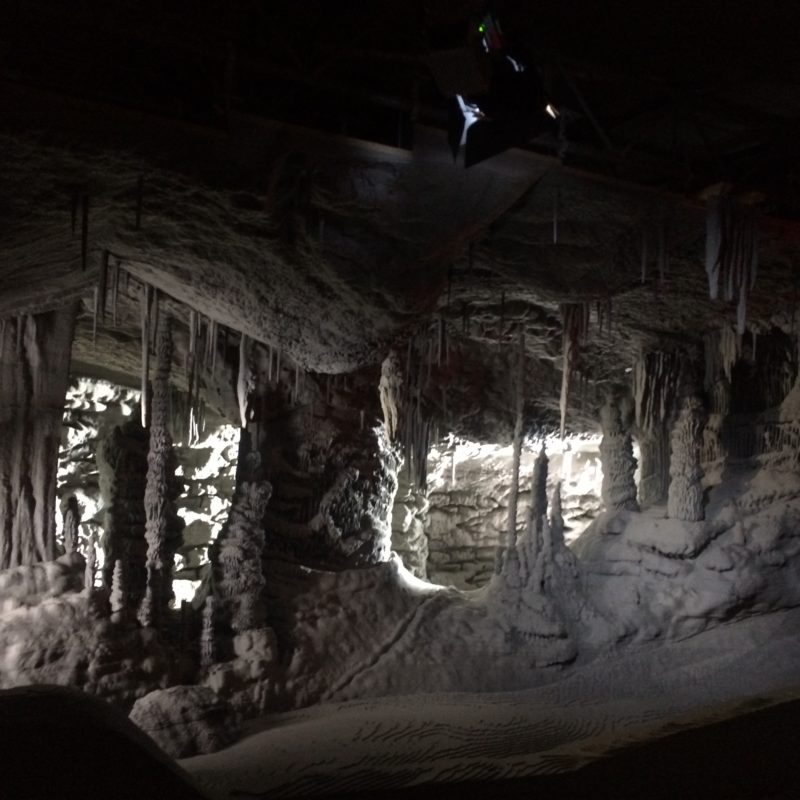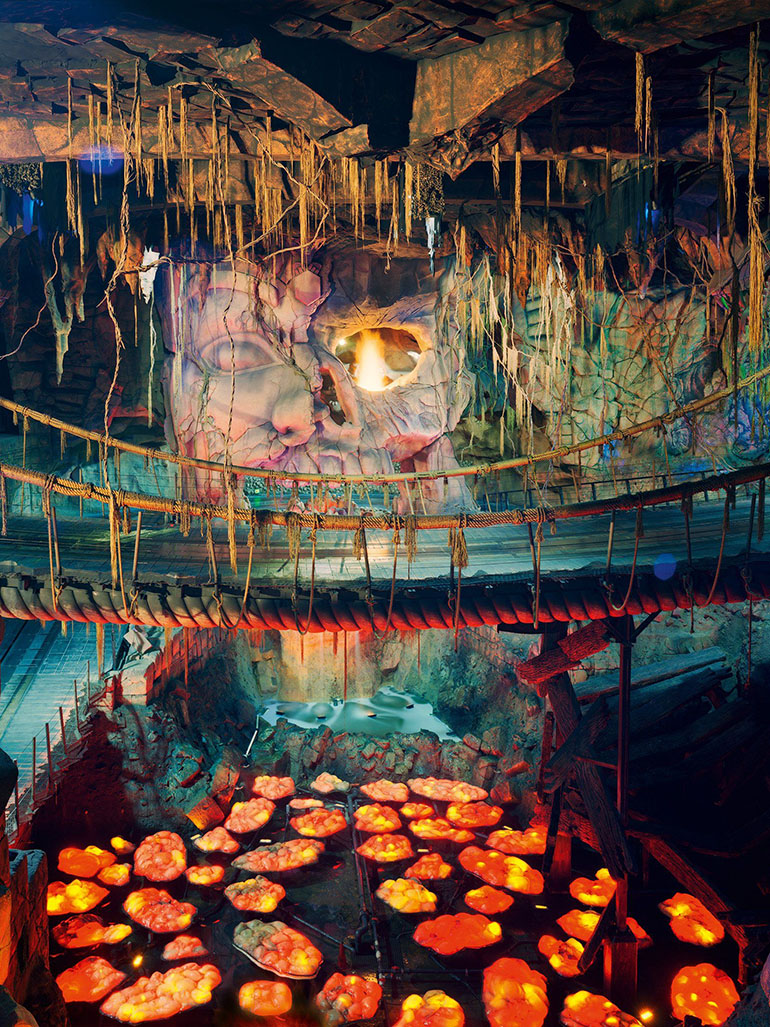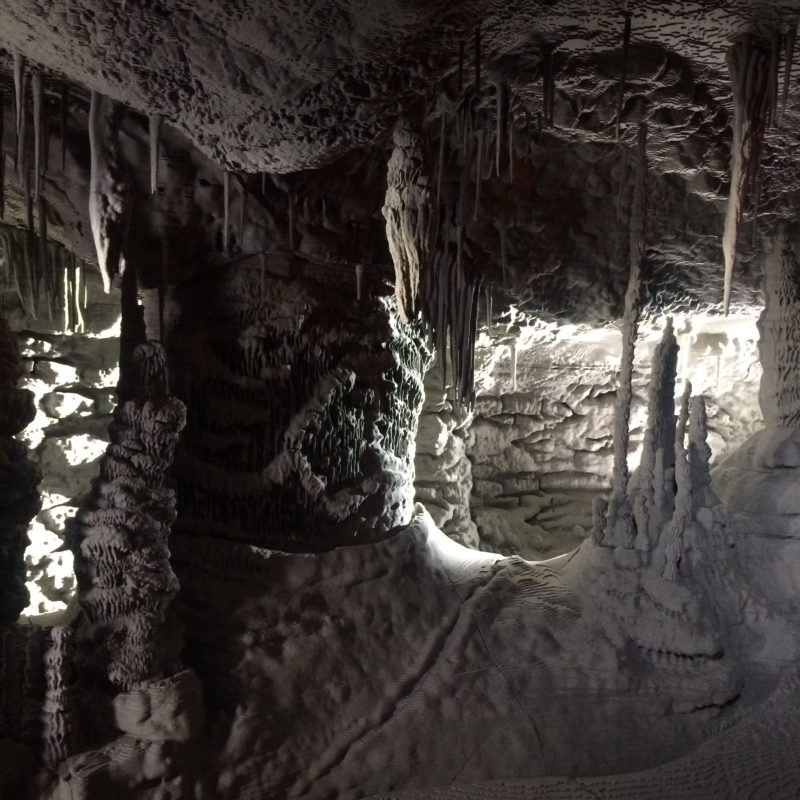
Introduction
Thomas Demand 1 has ignited the imaginations and adventurous sides of viewers with his photography piece, titled Grotto. Pulling viewers into an underground cavern covered in beautiful bright stalactites and stalagmites, art lovers find themselves in the center of the earth.
However, if viewers look a little deeper, they will find much more with Grotto than what meets the eye. Viewers are left in awe at the work that had gone into the creation of this photograph.
How was this work created?
Demand had to use 52 tons of cardboard cut into 900,000 pieces to construct this life-size model of the innermost depths of a cave in Mallorca, Spain. Demand created this elaborate and lifelike model out of paper and cardboard and then photographed it.
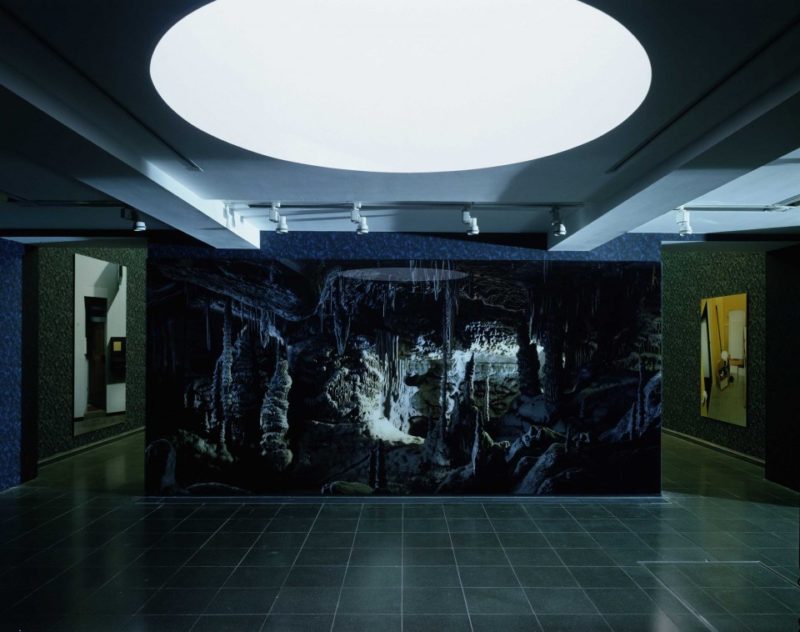
The way Thomas Demand works
Demand, an almost photographic purist, never alters or retouches his images. As an artist, Demand was so fastidious regarding the imagery of his work that he built cardboard pixels to give particular areas in the picture the appearance of a slightly unfocused photograph.
His postmodern relationship with reality comes out in his building the image before photographing it. It is said that he, more often than not, has never seen the places or objects that he photographs.
Demand has only seen the models of them. Grotto for example is based on a tourist postcard. Thus the photographs he takes are of models based on photographs.
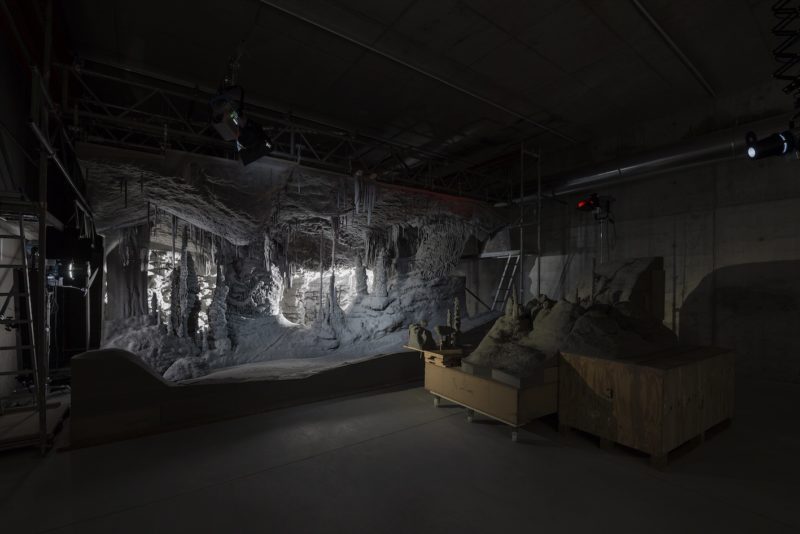
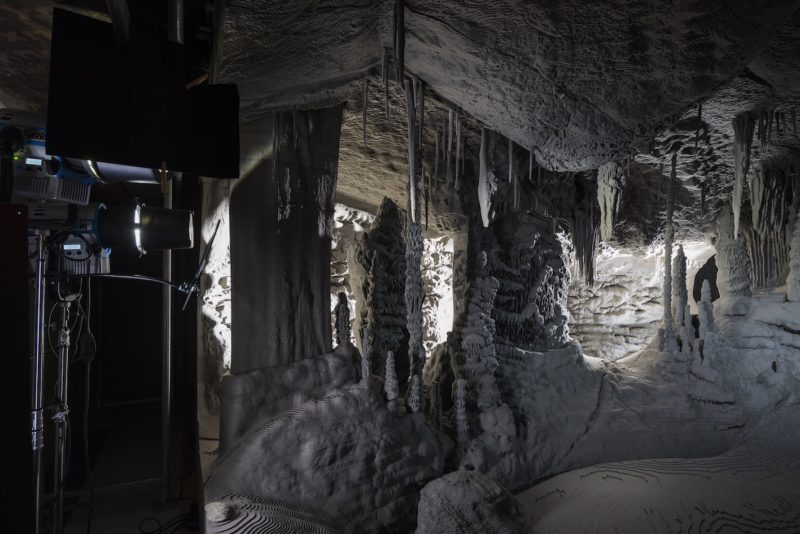
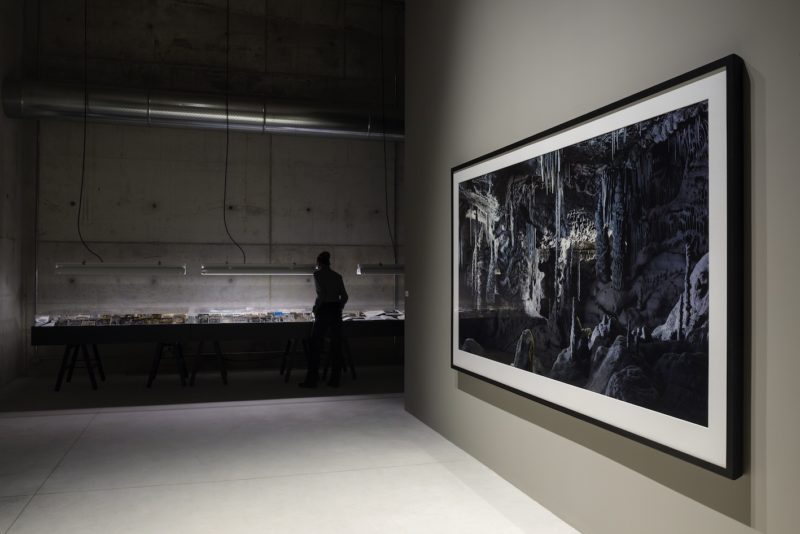
Video: Thomas Demand explains his photographs
22 min 31 sec
Conclusion
Conclusion
The model he creates looks unbelievably natural from a distance until you see the artifice. He uses painting techniques of the 1500s known as ‘grottesca’ (grotesque 23) and virtual computer technology to help with the creation of the 3D model.
Following the completion of his photographic work, the artist destroys his carefully constructed model, leaving the only evidence of what it once was, the photographs. The process of building and destroying is a cathartic method, allowing for the artist to once again create something beautiful and new.
